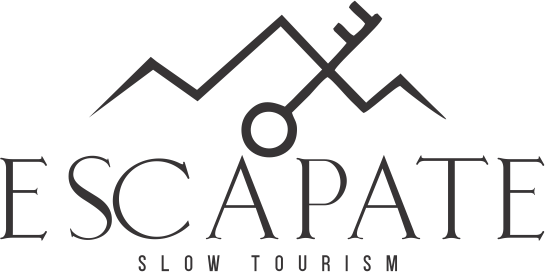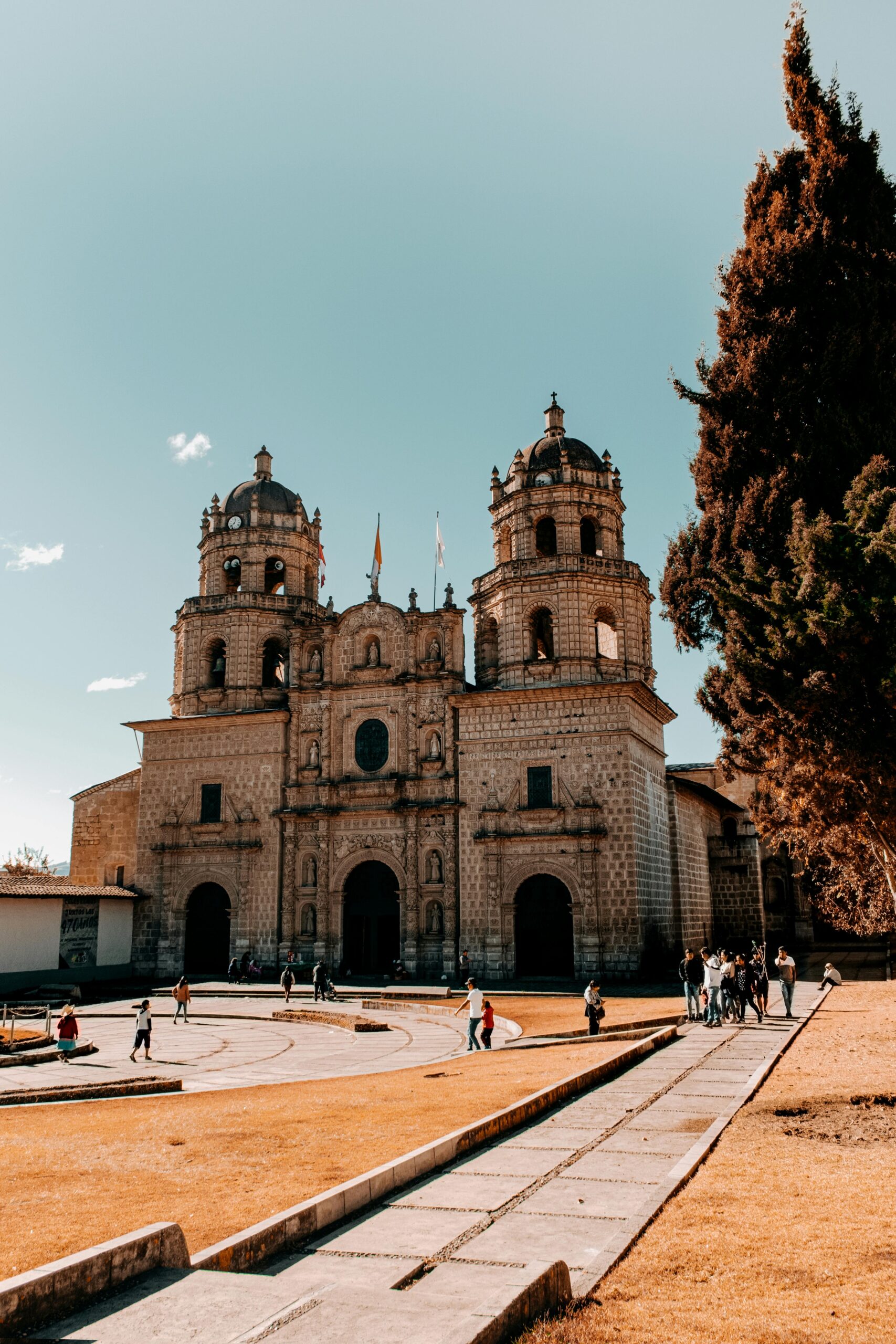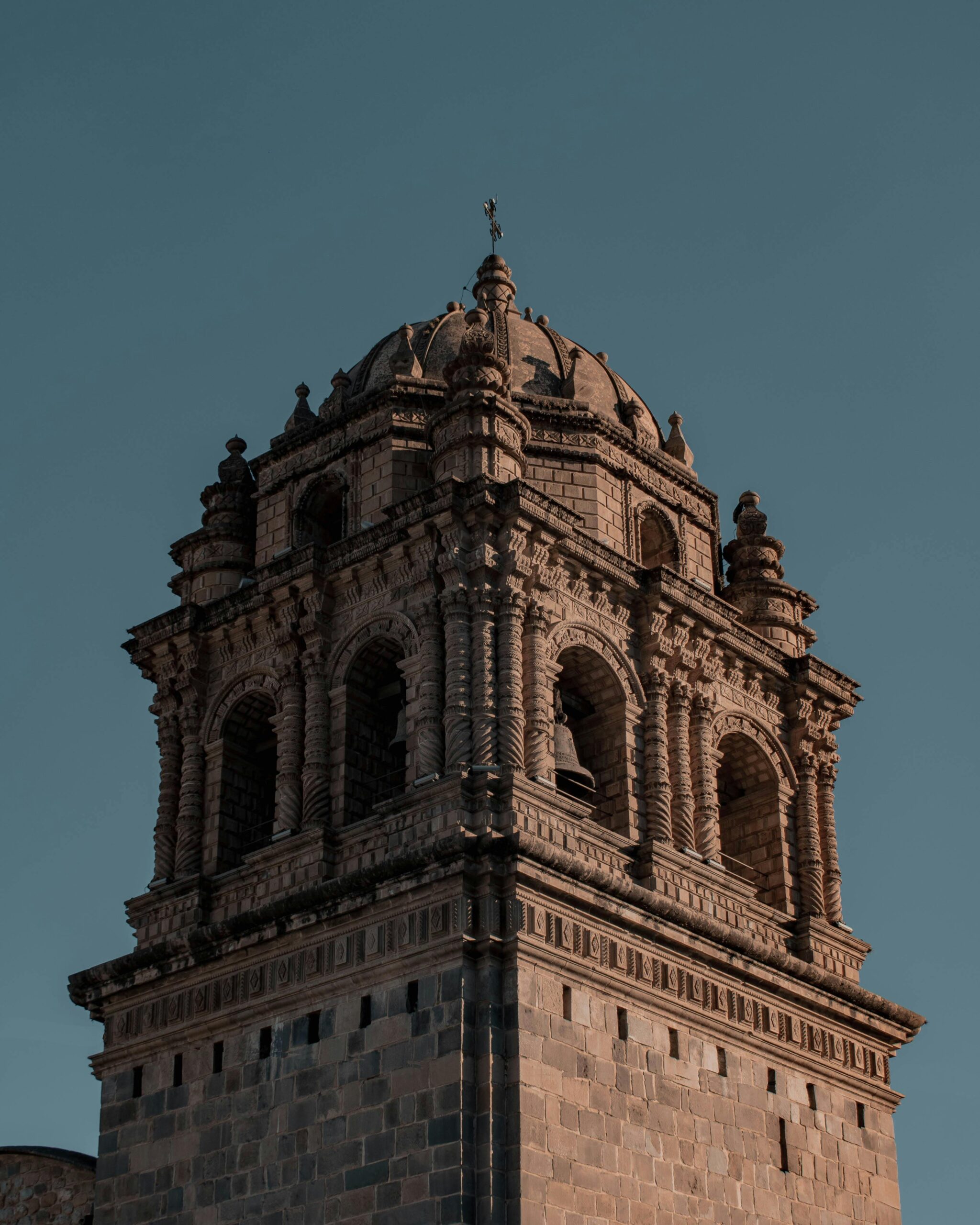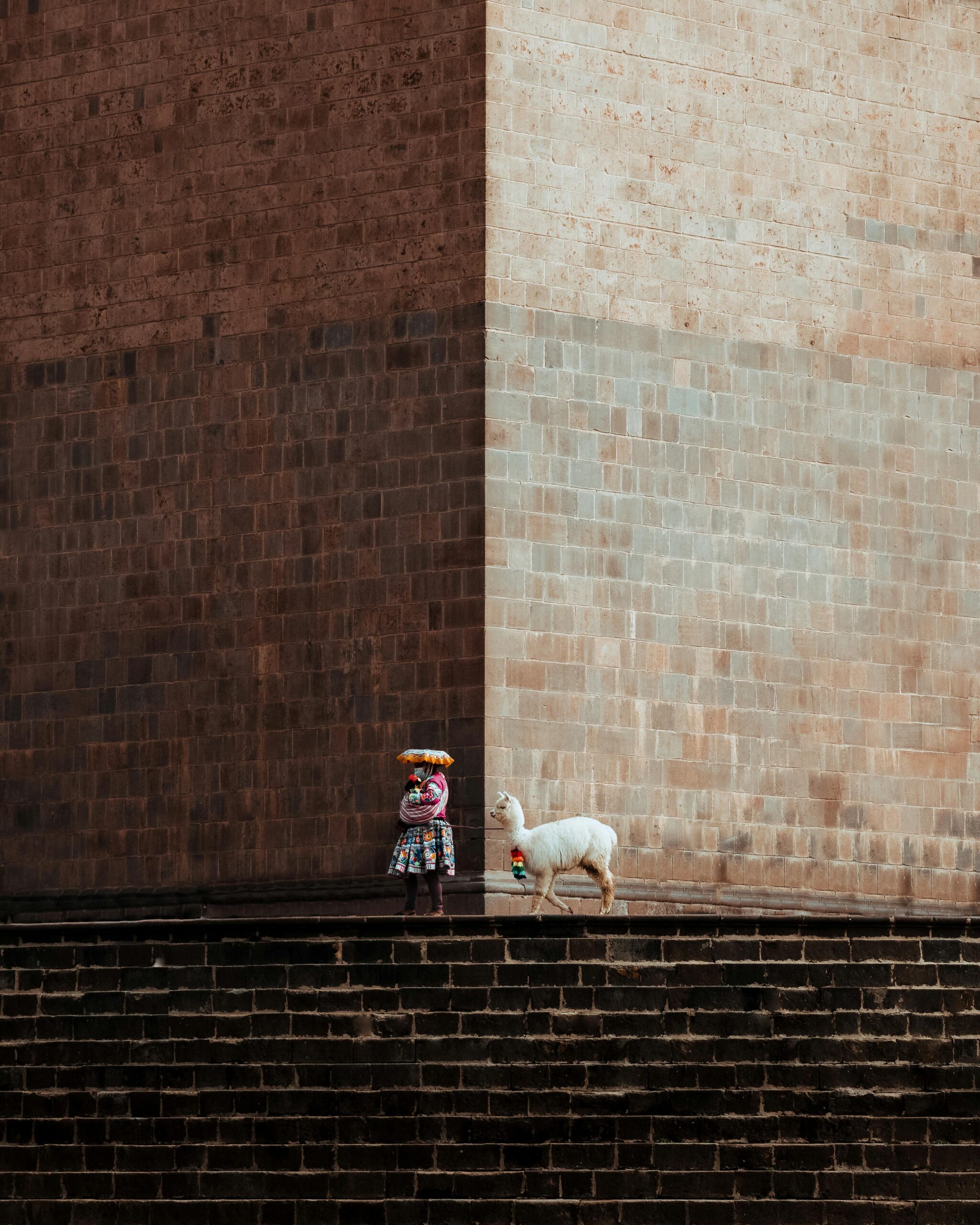Talking about the people of Peru in the singular is to miss out on the extraordinary richness of its diversity. Peru is not one country, it’s many — many ways of living, of speaking, of working the land, of eating, of praying, of dancing.
Officially, Peru is a pluricultural and multiethnic country. This means that its population is made up of multiple cultures and identities, rooted in both millennia-old Indigenous traditions and various waves of migration over the centuries.
To travel in Peru is to open your eyes to this reality — and to realize that no two regions are alike. The coast, the Andes, and the Amazon each have their own peoples, languages, and customs.
Here’s a brief overview to better understand this human mosaic.
The Quechua – The Living Legacy of the Inca Empire
The Quechua are the largest Indigenous group in Peru. Mainly present in the Andean region, around Cusco and the Sacred Valley, but also in other regions like Ayacucho, Apurímac or Puno, they are the direct descendants of the populations of the Inca Empire.
The Quechua language – or runasimi, the “language of the people” – is still spoken by millions. It is passed down from generation to generation, often within families or communities. But more than just a language, Quechua conveys a whole worldview: a relationship with the world based on harmony with nature, respect for the cycle of seasons, and a deeply rooted community organization.
Even today, many families live from agriculture, livestock, and traditional weaving. In Quechua villages, one can feel this strong bond with the land, and a quiet pride in belonging to a millennia-old culture.
The Aymara – The Guardians of Titicaca
Primarily settled around Lake Titicaca, in the regions of Puno (in Peru) and La Paz (in Bolivia), the Aymara are another major Indigenous people. Their language, also called Aymara, is spoken by nearly two million people in the southern Andes.
The Aymara have a strong collective identity. Their culture is deeply connected to the cycles of water, to corn, quinoa, and to the Pachamama – Mother Earth. Agricultural rituals still shape the lives of many communities, and traditional festivals, often syncretic (mixing Catholic elements and ancestral beliefs), are moments of great intensity.
On the islands of Amantaní, Taquile, or on the shores of the lake, the Aymara sometimes welcome visitors to share their way of life, based on simplicity, community, and hospitality.
Amazonian Peoples – A Forest of Cultures
The eastern half of Peru is covered by the Amazon rainforest. Behind this green ocean lies a great diversity of Indigenous peoples, often very far from urban centers. Asháninka, Shipibo, Awajún, Yagua, Shawi… More than fifty peoples live in the Peruvian Amazon, each with their own language, knowledge, and stories.
Their relationship with nature is both sacred and pragmatic: the forest is a space of life, of subsistence, but also a spiritual place. There is vast medicinal knowledge passed down orally for centuries.
Today, these peoples face many challenges: illegal exploitation of the forest, acculturation, pollution. But many resist, organize, and continue to defend their right to exist according to their own ways. Visiting the forest also means questioning our relationship with the planet, and our place within the living world.
Afro-Peruvians – A Often Forgotten History
Few travelers know this, but Peru also has an Afro-descendant history. Arriving as early as the 16th century as slaves in coastal haciendas, Afro-Peruvians have left a mark on national culture through music, dance, gastronomy, and social struggles.
Today, this vibrant culture is mainly found in the regions of Chincha, Cañete, and Lima. The festejo, landó, and rhythms played on the cajón have become symbols of Afro-Peruvian identity.
Although this history was long marginalized, it is now increasingly recognized and valued in public spaces. A living memory, essential to understanding the plurality of Peru.
The Mestizos and Urban Peru – A New Generation
Finally, the majority of Peruvians today are mestizos, born of mixes between Indigenous, Spanish, African, and Asian populations. This blending is reflected in cities, schools, media, cuisine, and in the modern Peruvian identity.
In Lima, Arequipa, Trujillo, or Cusco, a new generation is growing up with multiple roots and a desire to reinvent the future by drawing inspiration from the past. Some reconnect with their Quechua or Amazonian origins, others build bridges between tradition and modernity through art, fashion, theater, agroecology, or technology.
To Meet Is to Listen
Traveling in Peru is not just about visiting places. It’s about meeting peoples who, each in their own way, embody the richness and complexity of the country. It’s not about understanding everything or photographing everything, but rather approaching with openness, respect, and a bit of slowness.
At Escápate, we believe that the most beautiful discoveries often happen around a fire, in a kitchen, or during an improvised conversation on the side of a trail. Because it’s faces, shared words, and simple gestures that make a trip truly unforgettable.




